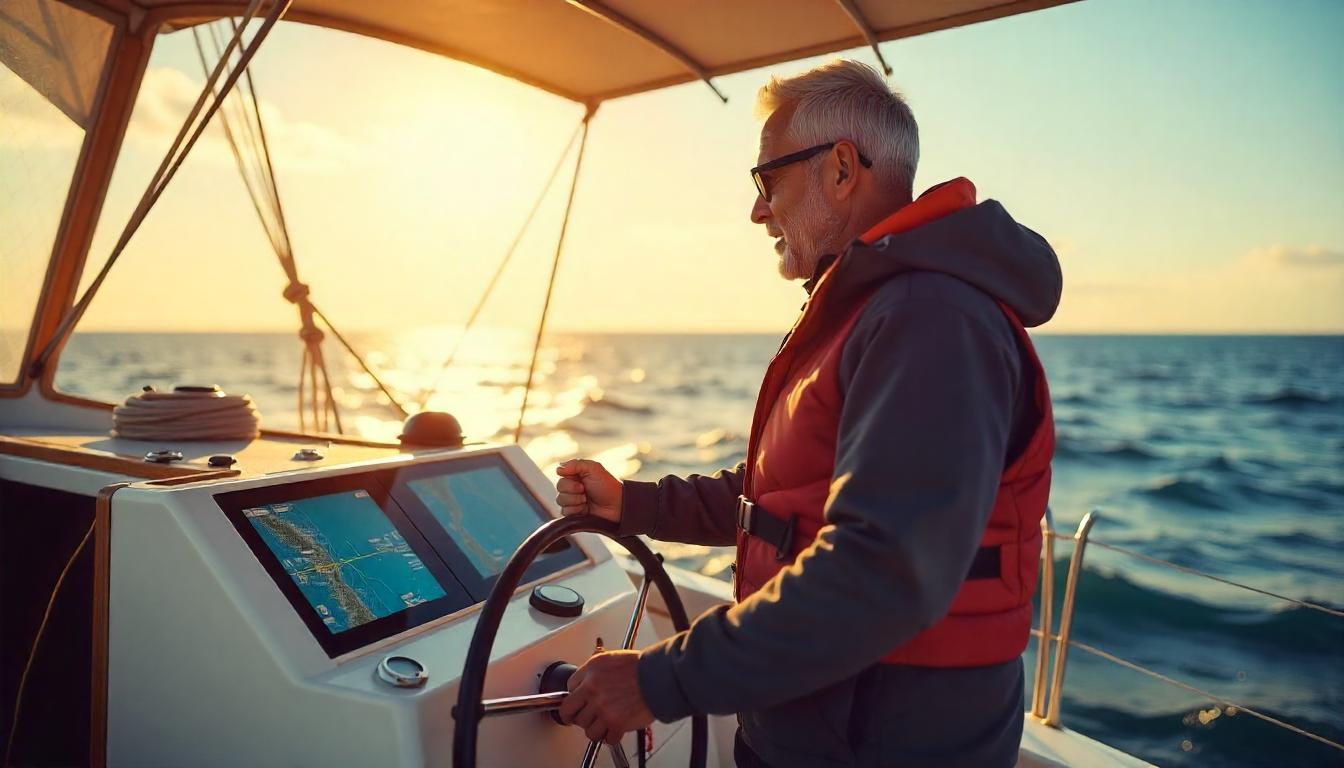The open sea has long been a metaphor for freedom, challenge, and discovery. Yet beyond its poetic charm, yachting has emerged as one of the most transformative experiences for personal growth. Whether you’re navigating calm turquoise waters or steering through unpredictable winds, life on a yacht teaches lessons that extend far beyond the helm.
Learning Through Challenge
One of the greatest catalysts for self-development is stepping outside your comfort zone. Sailing inherently demands adaptability — the weather changes, plans shift, and teamwork becomes essential. Onboard a yacht, you learn to respond rather than react, building resilience with every wave you face.
Unlike static office environments or predictable routines, yachting places you in direct contact with nature’s unpredictability. It tests patience, leadership, and focus — qualities that naturally transfer into professional and personal life.
Building Confidence Through Mastery
Mastering navigation, handling sails, or simply learning to understand the rhythm of the sea gives a profound sense of accomplishment. Each skill acquired represents more than technical proficiency; it builds confidence and trust in your own judgment.
When you understand how to work with wind and current, you begin to internalize a universal truth: growth happens when you align with forces greater than yourself instead of fighting them.
The Power of Teamwork and Connection
On a yacht, teamwork isn’t optional — it’s vital. Every person on board contributes to safety and success. Communication becomes clearer, empathy stronger, and cooperation more natural. Many sailors say that yachting helps them rediscover human connection in a world often dominated by digital interactions.
This collaboration under pressure fosters humility and mutual respect. It reminds us that leadership isn’t about control — it’s about trust and unity.
Embracing Mindfulness at Sea
The ocean has a rhythm that encourages presence. The sound of water lapping against the hull, the hum of the wind, and the endless horizon invite stillness. Sailing slows you down and reconnects you to the moment.
Mindfulness on a yacht doesn’t come from meditation apps or theory — it’s a byproduct of being completely immersed in the environment. As you focus on the sea, you also discover inner calm.
Rediscovering Freedom and Perspective
Sailing strips life back to essentials. With limited space and constant motion, material possessions lose importance. Instead, freedom becomes defined by clarity, simplicity, and purpose.
Many who take extended yachting journeys describe them as life-changing. The ocean has a way of reshaping priorities — of reminding us what truly matters. It helps people find direction not just across the water, but within themselves.
Yachting as a Journey of Transformation
Every voyage at sea offers a mirror to the self. Facing solitude, uncertainty, and the raw power of nature builds character in ways no classroom or office ever could. The lessons learned — resilience, patience, adaptability, and gratitude — stay long after you return to shore.
For many, yachting becomes more than a leisure activity. It evolves into a lifelong philosophy — one that values courage over comfort, presence over distraction, and harmony over control.
Conclusão
Yachting is more than an escape; it’s a profound form of personal development. Each voyage carries opportunities to grow, connect, and rediscover one’s purpose. The horizon, ever distant yet always visible, becomes a symbol of endless potential — reminding us that growth, like sailing, is a journey without limits.

 Yachting Experiences for Personal Growth">
Yachting Experiences for Personal Growth">
